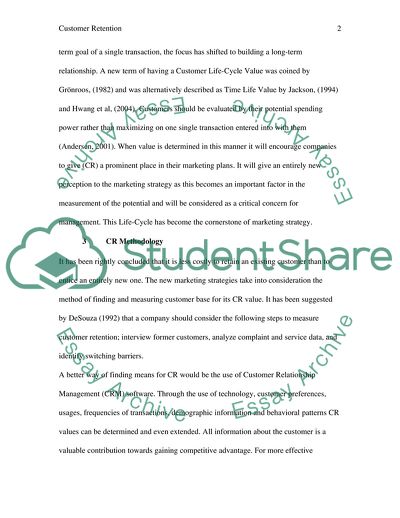Cite this document
(The New Marketing Strategies Term Paper Example | Topics and Well Written Essays - 1500 words, n.d.)
The New Marketing Strategies Term Paper Example | Topics and Well Written Essays - 1500 words. https://studentshare.org/marketing/1710599-service-management
The New Marketing Strategies Term Paper Example | Topics and Well Written Essays - 1500 words. https://studentshare.org/marketing/1710599-service-management
(The New Marketing Strategies Term Paper Example | Topics and Well Written Essays - 1500 Words)
The New Marketing Strategies Term Paper Example | Topics and Well Written Essays - 1500 Words. https://studentshare.org/marketing/1710599-service-management.
The New Marketing Strategies Term Paper Example | Topics and Well Written Essays - 1500 Words. https://studentshare.org/marketing/1710599-service-management.
“The New Marketing Strategies Term Paper Example | Topics and Well Written Essays - 1500 Words”. https://studentshare.org/marketing/1710599-service-management.


